Home>Articles>What Size Screws Are Used For Electrical Boxes
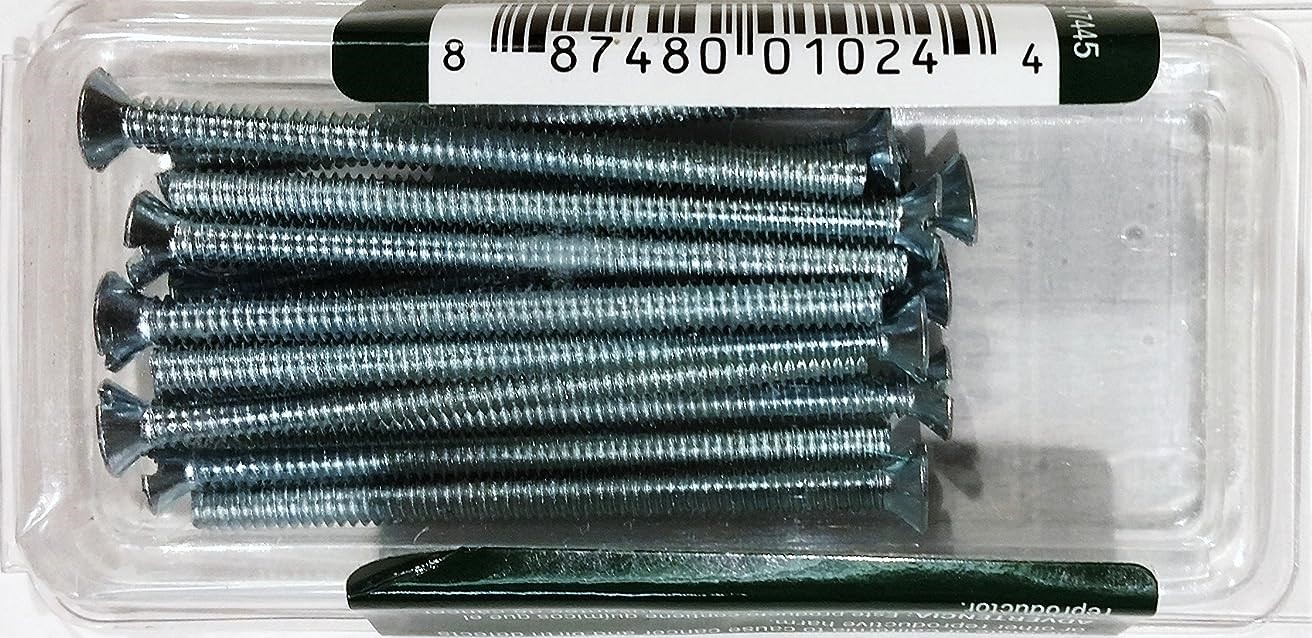

Articles
What Size Screws Are Used For Electrical Boxes
Modified: October 19, 2024
Looking for articles on what size screws to use for electrical boxes? Find all the information you need in this comprehensive guide.
(Many of the links in this article redirect to a specific reviewed product. Your purchase of these products through affiliate links helps to generate commission for Storables.com, at no extra cost. Learn more)
Introduction
An electrical box, also known as a junction box or an enclosure, is an essential component in electrical installations. It serves as a protective housing for electrical connections, ensuring safety and preventing hazards such as exposed wires or short circuits. When installing an electrical box, choosing the right size screws is crucial to ensure a secure and stable installation.
In this article, we will delve into the importance of understanding electrical boxes and selecting the appropriate screws for them. We will explore the different types of electrical box screws, discuss the suitable screw sizes for various box types, and consider the factors to keep in mind when choosing screws for electrical boxes. Additionally, we will provide step-by-step instructions for the proper installation of electrical box screws and highlight safety precautions to follow during the process.
By the end of this article, you will have a comprehensive understanding of the significance of using the correct size screws for electrical boxes and the key factors to consider when selecting them. Let’s jump right in!
Key Takeaways:
- Choosing the right size screws for electrical boxes is crucial for a secure and stable installation, ensuring safety and preventing hazards such as loose connections or compromised structural integrity.
- Factors such as material compatibility, screw diameter and length, load capacity, code compliance, and corrosion resistance should be considered when selecting screws for electrical boxes, promoting longevity and safety in electrical systems.
Understanding Electrical Boxes
Before diving into the specifics of choosing the right size screws for electrical boxes, it’s important to have a clear understanding of what an electrical box is and its purpose in electrical installations.
An electrical box is a durable enclosure made of metal or non-metallic materials, such as plastic, designed to house electrical connections and devices. It serves as a protection and containment system for these electrical components, providing safety and preventing damage.
Electrical boxes come in various shapes and sizes, depending on the specific application. Some common types of electrical boxes include:
- Outlet Boxes: These boxes are typically mounted on the walls and house electrical outlets.
- Switch Boxes: These boxes are used to install light switches and are wall-mounted.
- Junction Boxes: Junction boxes serve as connection points for electrical wires, allowing multiple wires to be joined together.
- Ceiling Boxes: These boxes are installed in the ceiling and are used to mount light fixtures or ceiling fans.
Electrical boxes are typically installed during the construction or renovation phase of a building. They are strategically placed in walls, ceilings, or floors to provide convenient locations for electrical devices and to ensure safe distribution of electrical power throughout the structure.
The primary purpose of an electrical box is to protect electrical connections, prevent accidental contact with live wires, and contain any sparks or heat generated by electrical devices. Additionally, electrical boxes provide a mounting surface for switches, outlets, or other electrical fixtures.
It’s important to choose the right type of electrical box for each specific application. Factors such as the location, electrical load, and the presence of moisture or flammable materials should be taken into consideration when selecting an appropriate box.
Now that we have a solid understanding of what electrical boxes are and their importance in electrical installations, let’s move on to the next section, where we will discuss the crucial aspect of choosing the right size screws for these boxes.
Choosing the Right Size Screws for Electrical Boxes
When it comes to the installation of electrical boxes, selecting the right size screws is of utmost importance. Using the incorrect size screws can lead to a loose and unstable electrical box, compromising the safety and functionality of the electrical installation.
Here are some key considerations to keep in mind when choosing the appropriate size screws for your electrical boxes:
1. Screw Diameter:
The diameter of the screw should match the diameter of the mounting holes in the electrical box. Standard electrical box screws typically have a diameter of #6 (3.5mm) or #8 (4mm).
2. Screw Length:
The length of the screw should be sufficient to penetrate through the box and securely fasten it to the mounting surface. It should be long enough to provide a tight fit but not so long that it protrudes out of the box.
Read more: What Size Screw For Decking Boards
3. Material Compatibility:
Consider the material of the electrical box when selecting screws. Metal electrical boxes typically require screws with threads that can securely grip the metal surface, while non-metallic or plastic boxes may have specific screw requirements to prevent cracking or damage.
4. Load Capacity:
If the electrical box is designed to carry heavy electrical fixtures such as ceiling fans or chandeliers, ensure that the screws can handle the weight and provide adequate support.
5. Code Compliance:
Always consult local building codes and regulations to ensure that the chosen screws meet the required standards for electrical box installation.
It’s essential to select high-quality screws that are specifically designed for electrical box installations. These screws are typically made of corrosion-resistant materials such as stainless steel or coated to resist rust and other environmental factors.
Next, let’s explore the different types of electrical box screws available in the market to further assist you in making the right selection for your electrical box installation.
Types of Electrical Box Screws
When it comes to electrical box installations, there are several types of screws available to choose from. The type of electrical box and its mounting requirements will determine the most suitable screw type. Here are some common types of electrical box screws:
Read more: What Size Screw For Ring Doorbell
1. Machine Screws:
Machine screws are one of the most commonly used types of screws for electrical boxes. These screws have a uniform diameter along the entire length and a threaded shaft. They require a matching nut or threaded hole for installation.
2. Self-Tapping Screws:
Self-tapping screws have a sharp, tapered point that allows them to create their own threads as they are driven into the material. These screws are commonly used for metal electrical boxes, as they can easily cut through the metal surface.
3. Wood Screws:
Wood screws have a coarse threading designed for use with wooden surfaces. They are often used when mounting electrical boxes onto wooden studs or framing.
4. Drywall Screws:
Drywall screws have a fine thread and are designed for securing electrical boxes to drywall or gypsum boards. They have a sharp point to easily penetrate the drywall without the need for pre-drilling.
Read more: What Are Construction Screws Used For
5. Anchor Screws:
Anchor screws, also known as masonry screws, are used when mounting electrical boxes onto concrete or masonry surfaces. These screws have special threads and anchors that provide secure attachment to the hard material.
When selecting screws for electrical box installations, ensure that they are durable, corrosion-resistant, and able to withstand the load and environmental conditions of the installation site.
Now that we have explored the different types of electrical box screws, let’s move on to discussing the appropriate screw sizes for different types of electrical boxes.
Screw Sizes for Different Box Types
Each type of electrical box has specific screw size requirements based on its design and intended use. Choosing the correct screw size is crucial to ensure a secure and stable installation. Here are the recommended screw sizes for different box types:
1. Outlet Boxes:
For standard outlet boxes, a common screw size is #6 (3.5mm) or #8 (4mm) with a length of 1.25 inches (32mm) or longer. These screws are typically used to securely mount electrical outlets to the wall.
2. Switch Boxes:
Switch boxes typically use the same screw sizes as outlet boxes. A #6 (3.5mm) or #8 (4mm) screw with a length of 1.25 inches (32mm) or longer is suitable for mounting light switches securely to the wall.
Read more: What Size Screw For 5/4 Decking
3. Junction Boxes:
Junction boxes come in various sizes, and the screw size depends on the specific box size. For smaller junction boxes, #6 (3.5mm) screws with a length of 0.75 to 1 inch (19 to 25mm) are commonly used. Larger junction boxes may require #8 (4mm) screws with a length of 1.25 inches (32mm) or longer.
4. Ceiling Boxes:
Ceiling boxes that are used to mount light fixtures or ceiling fans typically require longer screws due to the added weight and potential movement of these fixtures. Screw sizes for ceiling boxes can range from #8 (4mm) to #10 (5mm) with lengths of 1.5 to 2.5 inches (38 to 64mm), depending on the specific installation requirements.
It’s important to consult the manufacturer’s guidelines and local building codes to determine the exact screw sizes recommended for the specific type and size of electrical box you are working with. Following these guidelines will ensure a secure and compliant installation.
Now that we have covered the screw sizes for different box types, let’s proceed to the factors you should consider when selecting screws for electrical boxes.
Factors to Consider When Selecting Screws for Electrical Boxes
When selecting screws for electrical boxes, it’s important to consider several factors to ensure a safe and secure installation. Here are some key factors to keep in mind:
1. Material Compatibility:
Consider the material of the electrical box and the mounting surface. If you are working with a metal box, choose screws that are specifically designed for metal applications and can securely grip the metal surface. For non-metallic or plastic boxes, ensure that the screws are compatible with the material to prevent cracking or damage.
Read more: What Size Screws To Mount Power Strip
2. Screw Diameter and Length:
Choose screws with a diameter that matches the size of the mounting holes in the electrical box. The length of the screw should be sufficient to penetrate through the box and provide a secure fit without protruding. Refer to the manufacturer’s guidelines or local building codes for the recommended screw size for the specific type and size of electrical box.
3. Load Capacity:
If the electrical box is designed to support heavy fixtures such as ceiling fans or chandeliers, ensure that the selected screws can handle the weight. Consider using screws with a larger diameter or length for increased stability and load-bearing capacity.
4. Code Compliance:
Always consult local building codes and regulations to ensure that the chosen screws meet the necessary standards for electrical box installations. Different jurisdictions may have specific requirements and guidelines regarding screw types, materials, and sizes.
5. Corrosion Resistance:
Since electrical boxes may be located in areas exposed to moisture or humidity, it is important to choose screws that are corrosion-resistant. Stainless steel screws or screws with a corrosion-resistant coating are recommended to ensure the longevity and durability of the installation.
By considering these factors, you can select the appropriate screws that meet the specific requirements of your electrical box installation. Always prioritize safety and compliance to ensure a secure and reliable electrical system.
Next, let’s move on to the step-by-step installation process for electrical box screws to ensure proper and safe installation.
Step-by-Step Installation of Electrical Box Screws
Proper installation of electrical box screws is crucial for ensuring a secure and stable electrical box. Follow these step-by-step instructions to install electrical box screws correctly:
Step 1: Prepare the Electrical Box:
Start by ensuring that the electrical box is clean and free of any debris. Remove any knockout tabs or covers that may be obstructing the mounting holes.
Step 2: Select the Appropriate Screws:
Refer to the manufacturer’s guidelines or local building codes to determine the recommended screw sizes for the specific type and size of electrical box you are installing.
Step 3: Align the Electrical Box:
Hold the electrical box against the mounting surface at the desired location. Make sure it is level and properly aligned with any existing electrical connections or fixtures.
Read more: What Kind Of Screws To Use On Brick
Step 4: Insert the Screws:
Insert the screws into the mounting holes of the electrical box. Use a screwdriver or a power drill with an appropriate screwdriver bit to drive the screws into the mounting surface. Make sure to apply enough force to ensure a secure attachment, but be careful not to overtighten and damage the box or its contents.
Step 5: Check for Stability:
After tightening the screws, gently shake the electrical box to ensure it is properly secured to the mounting surface. If there is any movement or instability, recheck the alignment and tighten the screws as necessary.
Step 6: Repeat for Multiple Screws:
If your electrical box requires multiple screws for secure mounting, repeat the process for each screw. Ensure that all screws are tightened evenly to distribute the load and maintain stability.
Step 7: Final Inspection:
Once all screws are securely fastened and the electrical box is stable, conduct a final inspection to ensure everything is properly aligned and securely mounted. Check for any visible gaps, loose screws, or signs of damage.
Following these step-by-step instructions will ensure a proper and secure installation of electrical box screws. Remember to always refer to the manufacturer’s instructions and consult local building codes for any specific requirements or recommendations.
Lastly, let’s move on to discussing some important safety precautions to consider when working with electrical boxes.
Read more: What Type Of Screws For Outdoor Use
Safety Precautions when Working with Electrical Boxes
Working with electrical boxes involves potentially hazardous situations. It’s crucial to take appropriate safety precautions to protect yourself and others from electrical shocks, fires, and other accidents. Here are some essential safety measures to follow when working with electrical boxes:
1. Turn Off the Power:
Before working with electrical boxes, always turn off the power to the circuit or circuits connected to the box. Use a circuit breaker or switch off the main power supply to ensure that there is no electrical current flowing through the system.
2. Wear Protective Gear:
Wear appropriate safety gear, including insulated gloves, safety glasses, and non-conductive footwear, to protect yourself from electrical shocks and other potential hazards. Also, avoid loose clothing or accessories that can get caught in equipment.
3. Test the Circuit to Ensure Power is Off:
Don’t solely rely on the circuit breaker or the main power switch. Use a reliable voltage tester or a multimeter to confirm that there is no electricity flowing through the circuit before touching any wires or working on the electrical box.
Read more: What Screws Are Best For Outdoor Use
4. Use Insulated Tools:
When handling electrical box screws or working inside the box, use insulated screwdrivers, pliers, or other tools specifically designed for electrical work. Insulated tools help prevent accidental contact with live wires and reduce the risk of electrical shock.
5. Properly Ground the Electrical Box:
Ensure that the electrical box is properly grounded according to the local electrical codes. Grounding provides additional protection from electrical faults and improves electrical safety.
6. Avoid Overcrowding the Box:
Do not overload the electrical box with too many wires or devices. Overcrowding can increase the risk of overheating, short circuits, and fires. Follow the manufacturer’s guidelines for the maximum capacity of the box and consider using a larger box if needed.
7. Keep the Box Accessible:
Do not cover or obstruct the electrical box after installation. It should always remain accessible for maintenance, repairs, or future electrical work. Avoid covering the box with furniture, insulation, or other materials that can prevent easy access.
8. Seek Professional Help if Unsure:
If you are unsure about any aspect of working with electrical boxes or if the task requires advanced knowledge or skills, it is best to seek the assistance of a qualified electrician or professional. Your safety should always be the top priority.
By following these safety precautions, you can minimize the risks associated with working with electrical boxes and ensure a safer working environment for yourself and others.
Finally, let’s summarize the key points we’ve covered in this article.
Conclusion
Understanding the importance of choosing the right size screws for electrical boxes is essential for a secure and reliable electrical installation. The correct selection of screws ensures the stability and safety of the electrical box, preventing hazards such as loose connections or compromised structural integrity.
In this article, we explored the significance of understanding electrical boxes and their purpose in electrical installations. We discussed the various types of electrical box screws, including machine screws, self-tapping screws, wood screws, drywall screws, and anchor screws. We also provided insights into the recommended screw sizes for different box types, such as outlet boxes, switch boxes, junction boxes, and ceiling boxes.
When selecting screws for electrical boxes, factors like material compatibility, screw diameter and length, load capacity, code compliance, and corrosion resistance should be considered. Following these guidelines ensures that the chosen screws are suitable for the specific application and meet industry standards.
We also provided a step-by-step installation guide for electrical box screws, highlighting the importance of proper alignment, choosing the appropriate screwdriver, and ensuring stability through even tightening. Additionally, we emphasized the need to adhere to safety precautions when working with electrical boxes, including turning off the power, wearing protective gear, and properly grounding the box.
By following these recommendations, you can ensure a secure and successful installation of electrical box screws, promoting the longevity and safety of your electrical system.
Remember, if you are unsure or lack the necessary skills or knowledge for working with electrical boxes, it is always best to seek the assistance of a qualified electrician or professional. Your safety should always be the top priority.
In conclusion, choosing the right size screws for electrical boxes is a critical step in creating a safe and reliable electrical installation. By understanding the different types of screws, selecting the appropriate sizes, and following proper installation and safety procedures, you can ensure a successful electrical box installation that meets industry standards and ensures the safety of your electrical system.
Frequently Asked Questions about What Size Screws Are Used For Electrical Boxes
Was this page helpful?
At Storables.com, we guarantee accurate and reliable information. Our content, validated by Expert Board Contributors, is crafted following stringent Editorial Policies. We're committed to providing you with well-researched, expert-backed insights for all your informational needs.
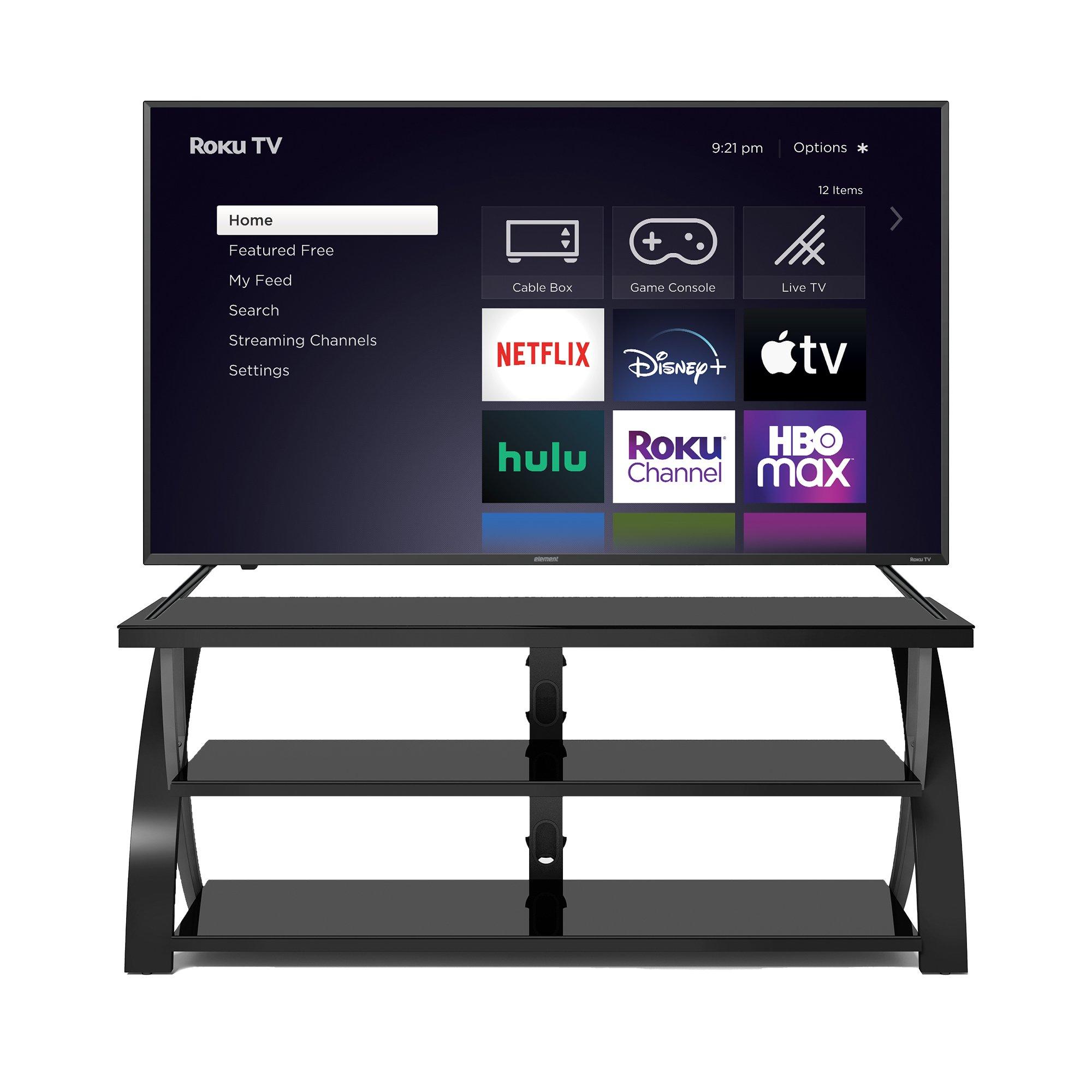
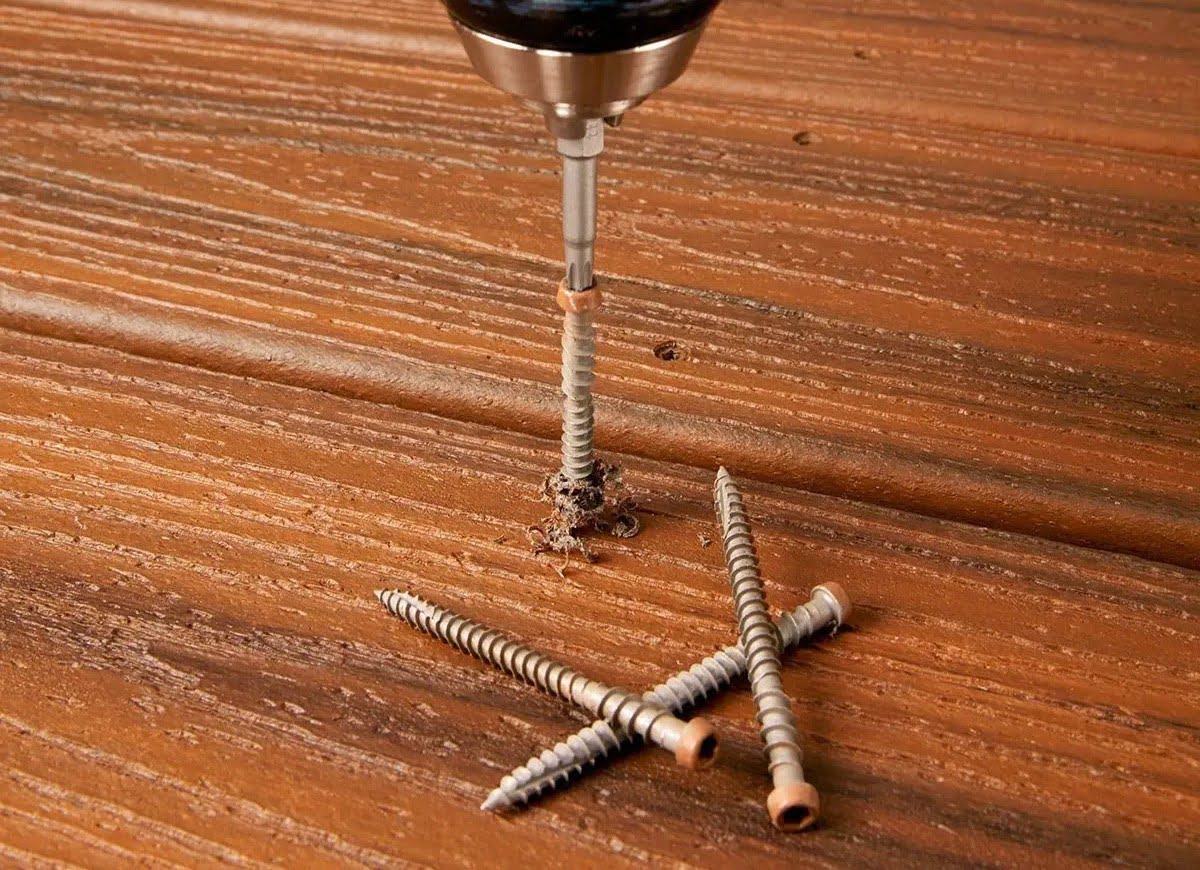
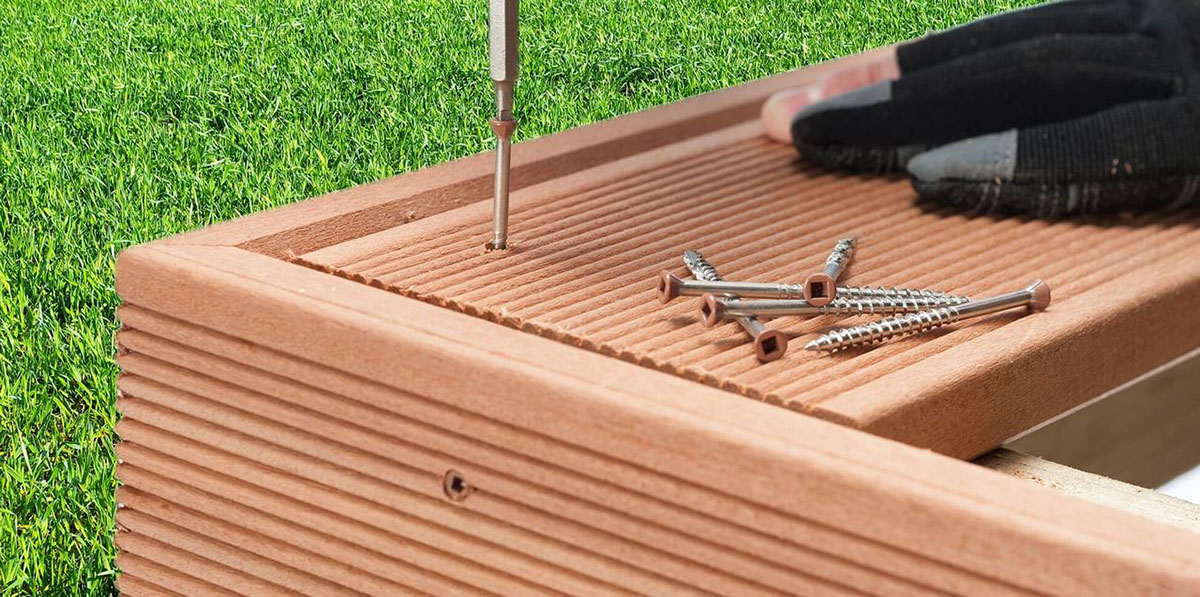
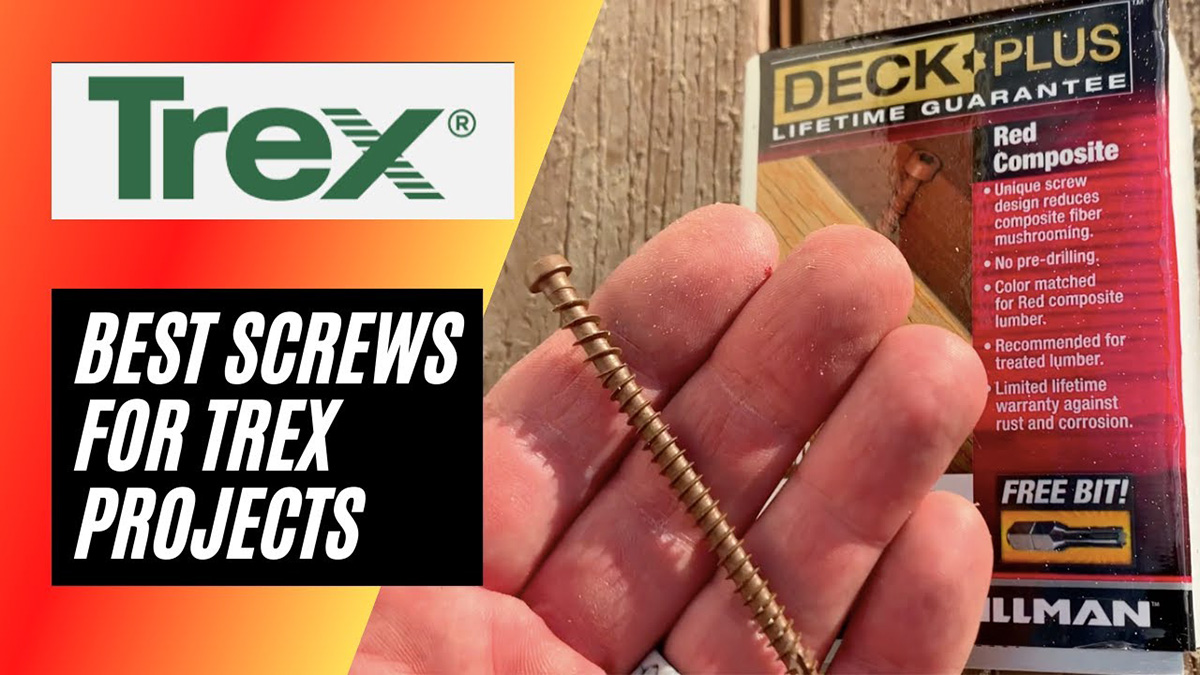
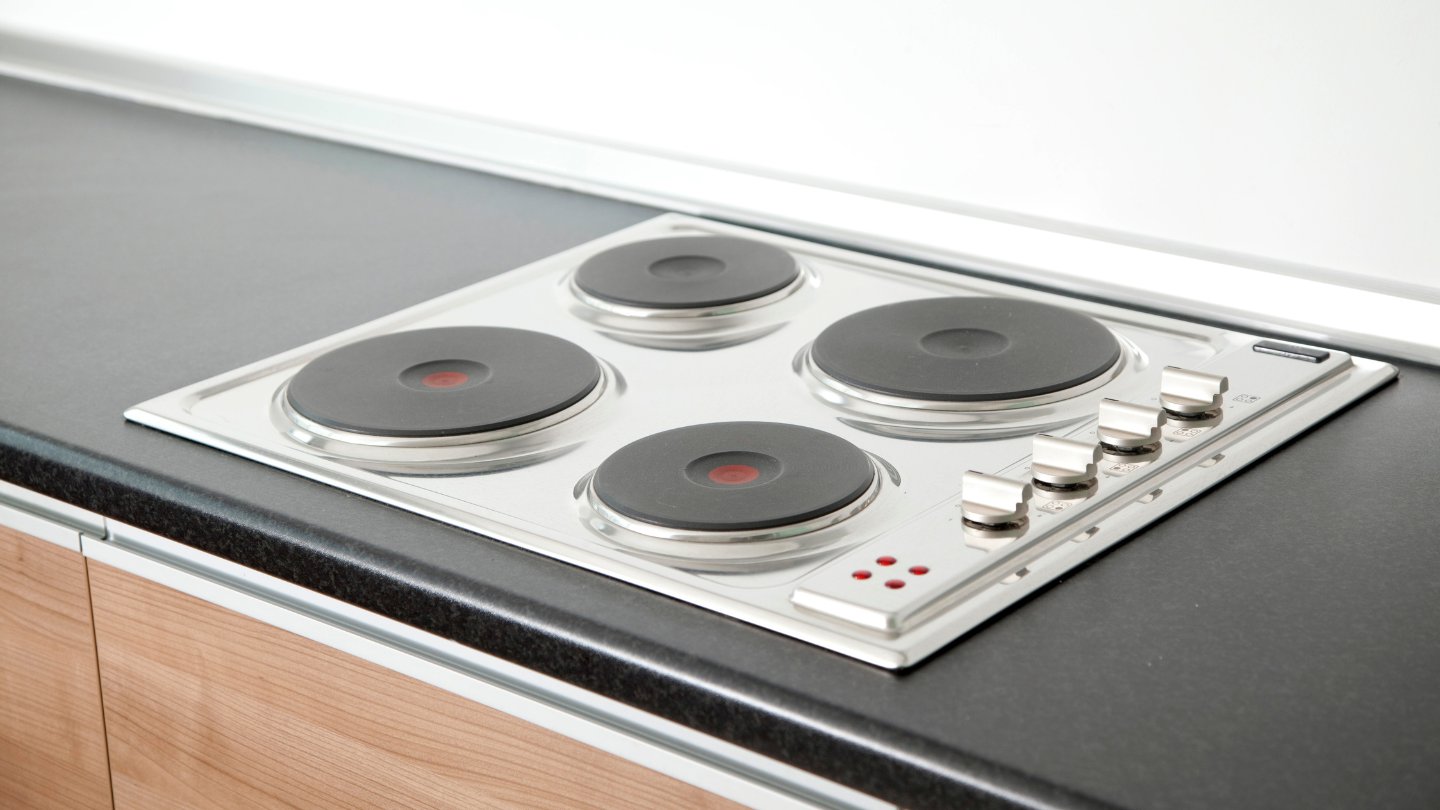

0 thoughts on “What Size Screws Are Used For Electrical Boxes”